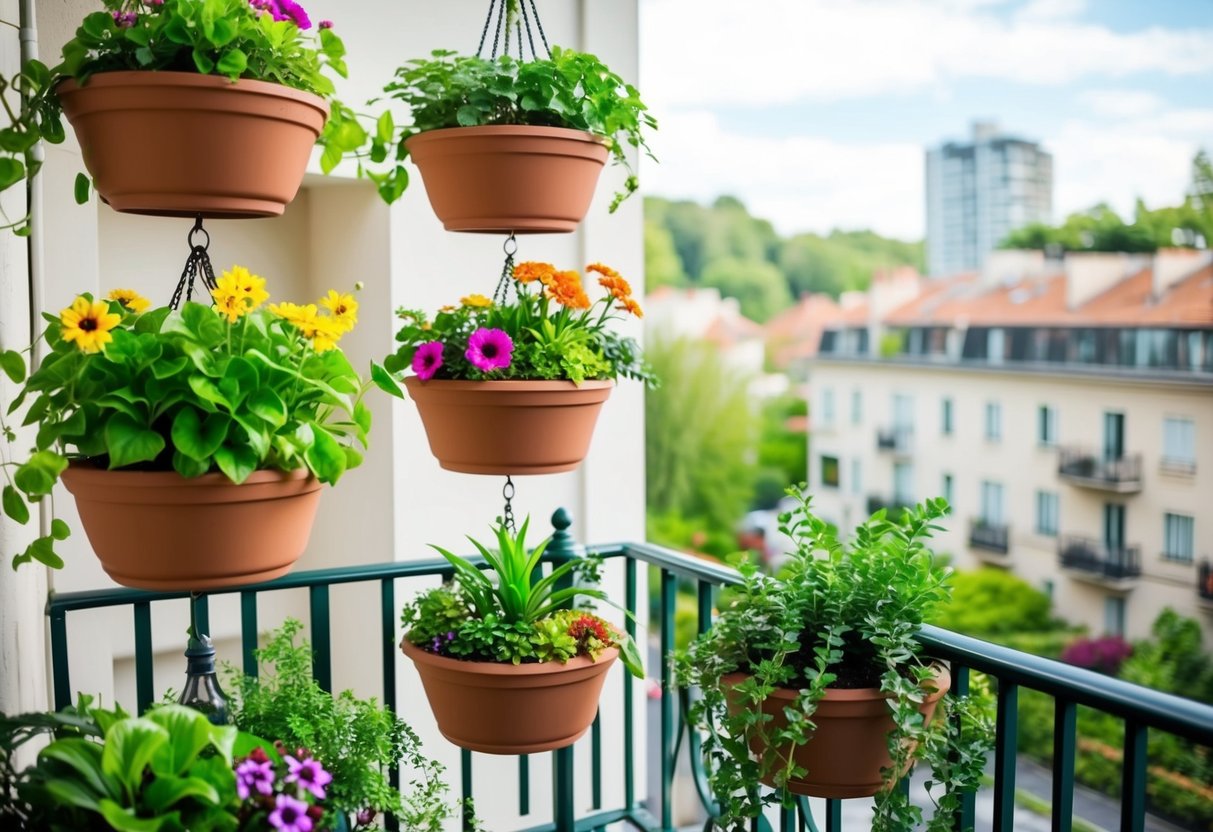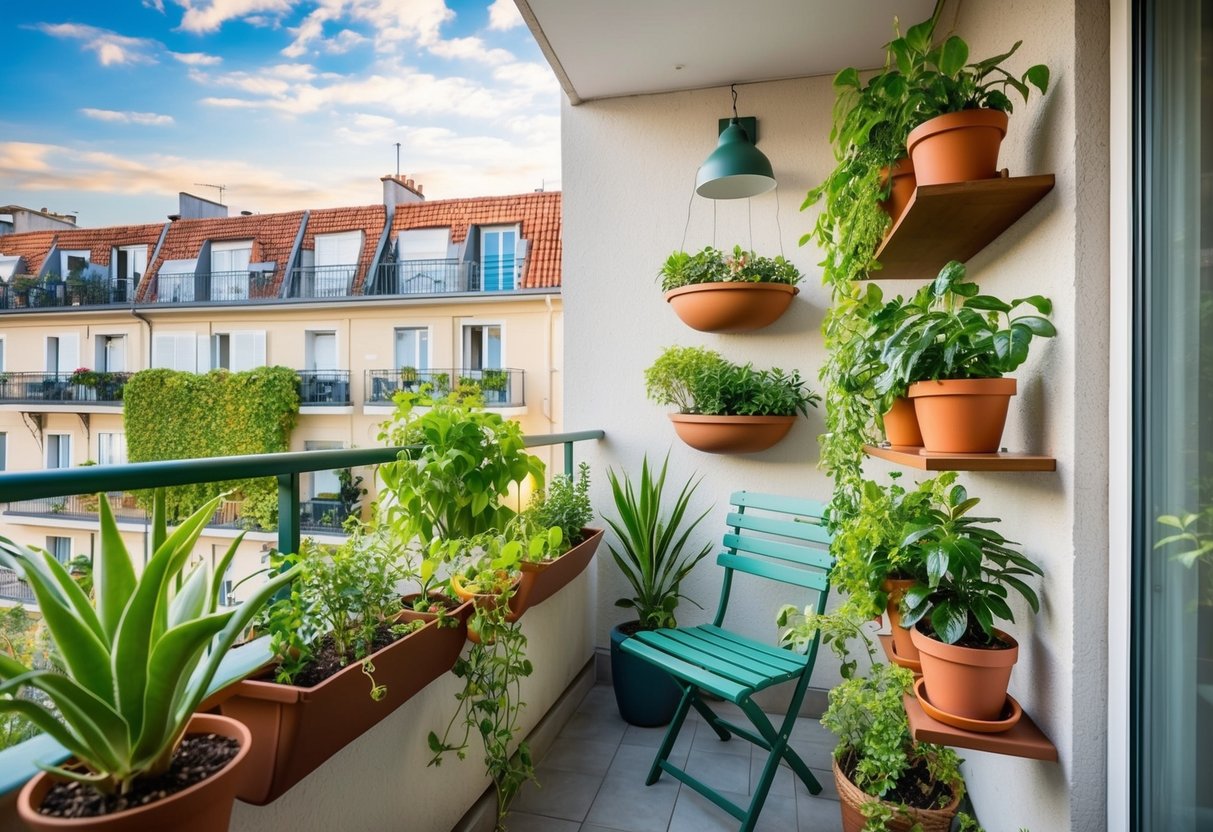
DIY Vertical Garden Projects

DIY vertical gardens offer creative solutions for maximizing space while adding vibrant greenery. These projects can transform limited spaces and are perfect for urban gardeners or anyone with space constraints. Delve into practical ideas that explore using pallets, living walls, and hanging herb gardens.
Creating a Pallet Garden
A pallet garden is an ideal choice for beginners seeking to grow plants vertically using minimal space. Wooden pallets can be easily sourced from local stores or warehouses, making them an affordable option. Once acquired, the pallets are prepared by sanding any rough edges to prevent splinters and arranged upright against a wall or fence. To ensure durability, tie the pallets firmly, and attach landscape fabric on the back to hold the soil in place.
Fill the pallet slats with soil and plant seeds or small plants, such as herbs or flowering plants, in each slot. Water the plants regularly, ensuring that excess water drains away effectively. This method suits those looking to cultivate herbs, succulents, or small flowers and offers great flexibility in arranging various plants creatively.
Building a Living Wall
A living wall, often referred to as a vertical or green wall, is an artistic and practical way to add greenery indoors or outdoors. These structures involve attaching plants to a vertical surface, typically using a modular panel system or fabric pockets. Materials such as a sturdy frame, waterproof backing, and an irrigation system are essential to help the plants thrive.
Living walls require more planning and investment than simpler DIY projects but can hold a greater diversity of plants, including ferns, vines, and small shrubs. The integration of an irrigation system ensures consistent moisture, reducing manual watering needs. Suitable for large walls or spaces, a living wall can serve as a striking design feature while improving air quality and insulation.
Assembling a Hanging Herb Garden
A hanging herb garden provides a convenient way to cultivate fresh herbs in limited spaces, such as kitchens or balconies. Containers or pots need to be suspended from a ceiling, wall hooks, or a beam. Choose lightweight and durable materials for containers, allowing ease of movement and access to sunlight.
Start by selecting herbs like basil, parsley, or mint, which are well-suited for container growing. Ensure proper drainage by using pots with holes at the bottom. Regularly rotate the pots if necessary to provide even sunlight distribution. Hanging herb gardens offer easy access to fresh ingredients for cooking while enhancing the aesthetics of any space.
Soil, Drainage, and Watering
Selecting the proper soil mix, ensuring efficient drainage, and establishing a reliable watering system are key to thriving vertical gardens. These elements work together to create a healthy environment for your plants.
Choosing the Right Soil Mix
The choice of soil significantly influences plant health. For vertical gardens, it’s crucial to opt for lightweight soil mixes. Traditional garden soil tends to compact over time, which can limit root growth in confined spaces. Instead, consider using a mix that includes components like peat moss, perlite, and vermiculite. These materials improve aeration and drainage, allowing roots to breathe.
Incorporate soil amendments such as compost or well-rotted manure to enhance nutrient content. A good mix should retain enough moisture for plant needs while allowing excess water to drain away. Always test the soil pH and adjust if necessary to suit the specific plants being grown.
Ensuring Proper Drainage
Effective drainage prevents plant roots from becoming waterlogged, which can lead to root rot. Vertical gardens need specific attention to drainage due to their structure. Using materials like gravel or expanded clay pebbles at the base of each planting pocket can improve drainage. This separation prevents soil compaction and allows water to move freely out of the root zone.
Gardens should be designed with a slight angle or have drainage holes strategically placed to prevent water accumulation. Regularly check these drainage elements to ensure they are not blocked by soil or plant debris, which can hinder their function.
Setting Up a Drip Watering System
A drip watering system offers a consistent and efficient solution for vertical gardens. This method delivers water directly to the plant roots, minimizing waste and ensuring each plant receives adequate hydration. A basic drip system comprises tubes with emitters spaced appropriately for each vertical layer. These emitters are adjustable, allowing control of water flow to meet the needs of different plants.
Installation is straightforward and can often be integrated with a timer for hassle-free operation. Regular maintenance is essential to prevent blockages in the emitters, which can disrupt water delivery. Periodically inspect the system to ensure even coverage and address any leaks to maintain efficiency.